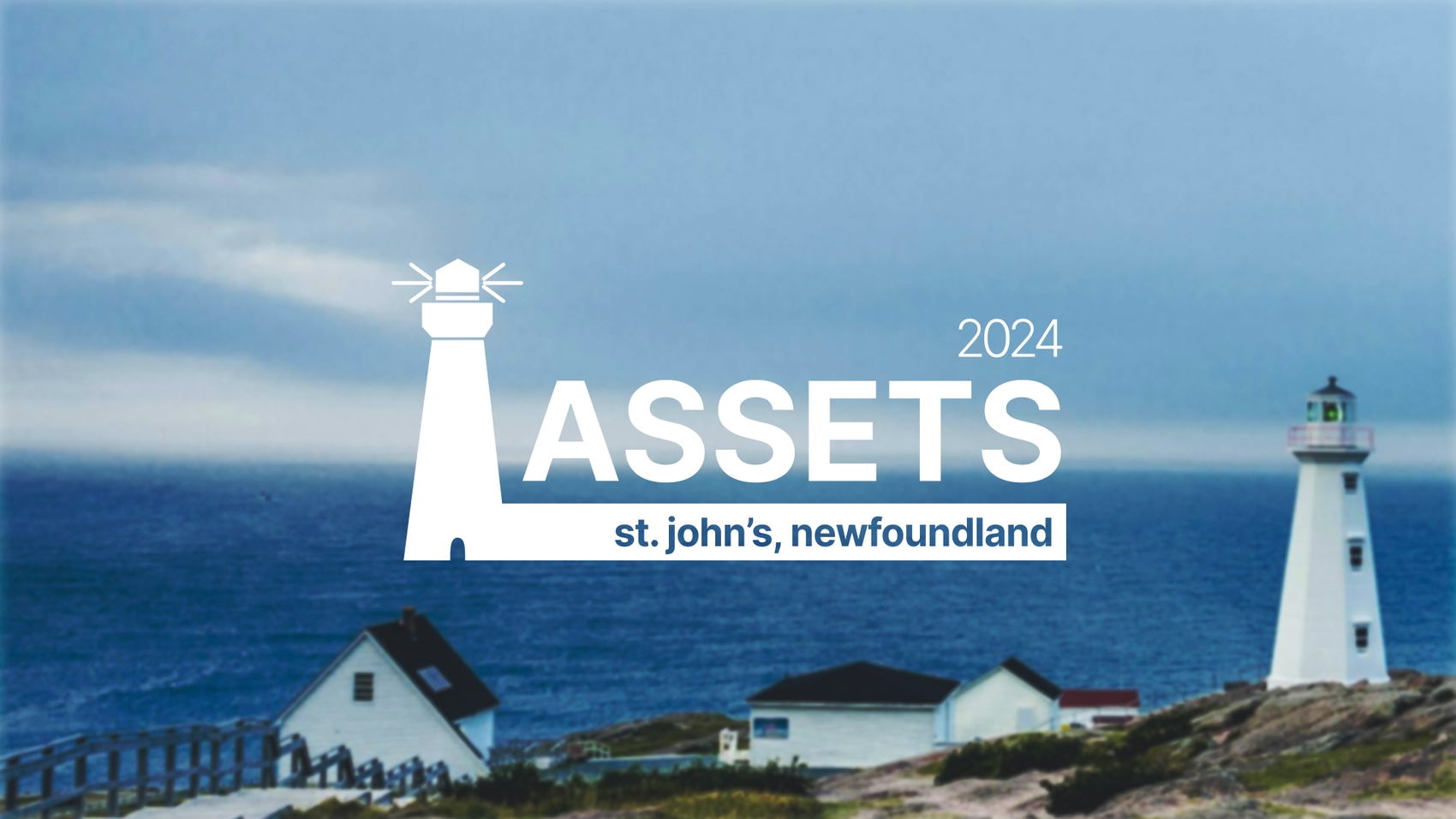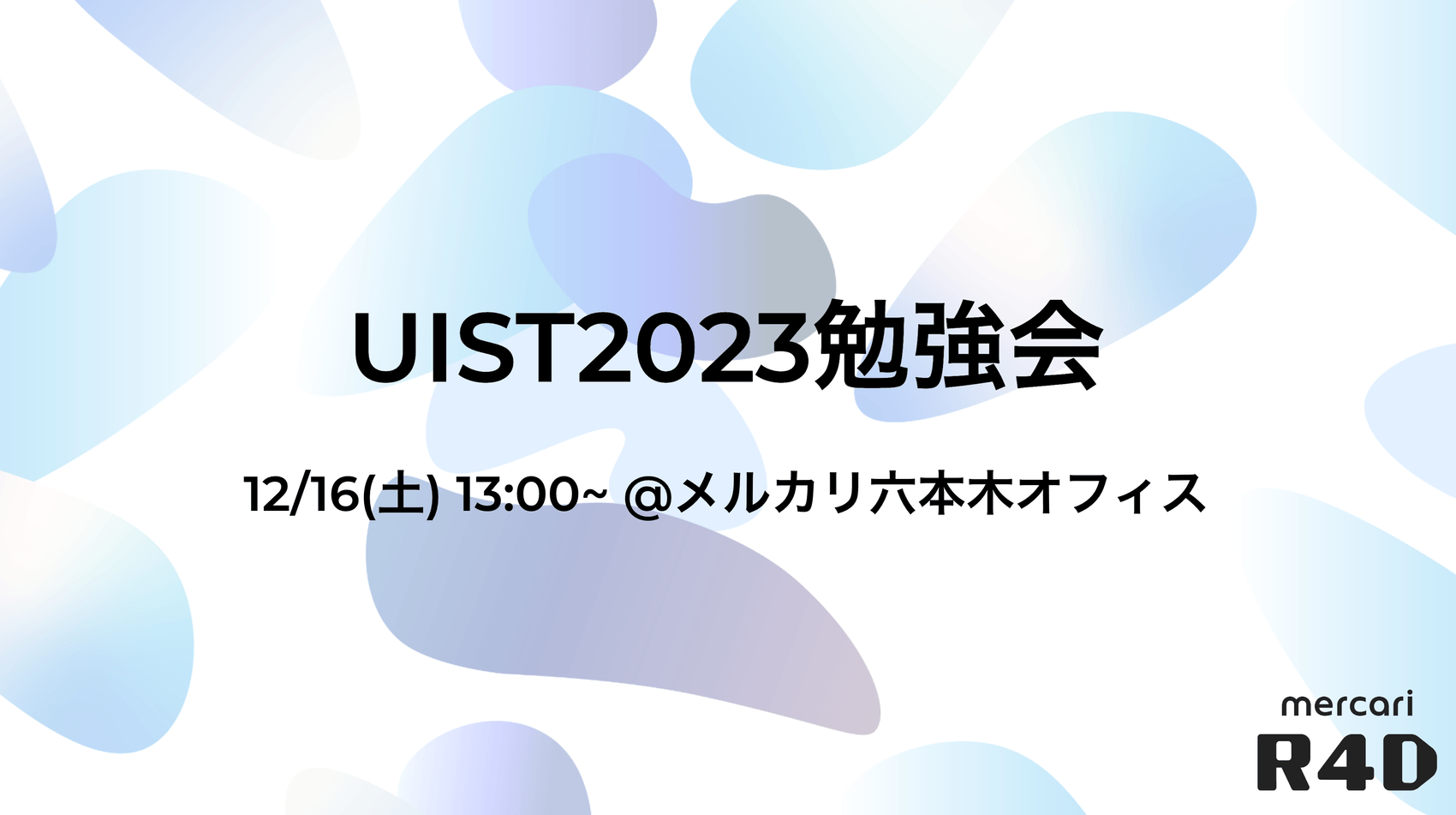Objective
We are working together with our partners on research and development of inclusive design[^1] and accessibility technologies. Mercari’s proprietary C2C marketplace app boasts a wide variety of users who have signed up for the service. In recent years, the number of Mercari users in their 60s or older has also been increasing[^2] and visually-impaired people have motivation to buy and sell[^3]. This project aims to define and test the challenges faced by users, including elderly users and users with low vision disabilities in their interaction with the C2C marketplace. To realize more accessible and inclusive e-commerce products through technology, we are researching the potential of multimodal interfaces in e-commerce, which replace conventional visual operations with audio, haptics, and gestural operations.
[^1]Method for developing products which are accessible and can be used by a wide variety of persons(inclusive), incorporating the diverse needs of people of advanced age and people with disabilities into the product from the design phase(design).
[^2]Mercari conducted awareness survey on “the current state of using flea market app over 60s”
Overview
Since the beginning our research has been focused on two primary goals: understanding the needs and problems of users with different disabilities when using C2C marketplace applications such as Mercari, and prototyping and testing new forms of interfaces that address this problem based on the resulting data. Our initial investigation [^3] into shopping preferences of users with vision disabilities has shown that while over 70% of respondents use online shopping, few engage in online sales due to various difficulties involved in the sales process. We have investigated this issue further with a series of interviews with users with low vision disabilities where they were asked to go through several common processes in C2C applications (browsing, buying, and selling) ASSETS. Our study results have shown that C2C platforms could be improved in terms of user-generated content (pictures, description), as well as there are opportunities in assistance with offline actions, namely picture taking, size and item condition estimation, as well as shipping.
Similarly we have explored the possibility of simplifying the sales process in the following projects: 1) conversational agents that guided elderly users through the listing process (paper submission currently under review), and 2) a Diminished Reality (a special case of Augmented Reality) application where users were prompted to take photos of clutter around their room and visualize how their spaces could be cleaned up by giving away or selling their items online DeclutterAR. Our preliminary results indicate that conversational instructions and visualization can potentially reduce the hesitancy of users towards the sales process.
Continuing on the topic of sales process and offline actions we are currently considering different ways in how the shipping process could be easier for users with different needs. We are actively exploring the latest ideas in assistive and interactive technologies by engaging with accessibility and AR/VR communities through panels and workshops at premier conferences in the field of interactivity. If you have an idea on how the sales or shipping process can be made more inclusive please do not hesitate to reach out to us.
Publications
From Cluttered to Clear: Improving the Web Accessibility Design for Screen Reader Users in E-commerce With Generative AI
- Yaman Yu, Bektur Ryskeldiev, Ayaka Tsutsui, Matthew Gillingham, Yang Wang
- INFOR: ASSETS 2025
- Publication year: 2025
FrontSpot Asia JavaScriptum 7.0 & Kyrgyzstan BA Community
Bektur Ryskeldiev Kyrgyzstan BA Community Publication year: 2023
Towards Immersive Inclusivity for C2C: How Immersive Multimodal Interactions Can Make Online Customer-to-Customer Shopping More Inclusive
B. Ryskeldiev, M. Kobayashi, K. Teramoto, K. Kusano ACM CHI 23 Asian CHI Symposium Publication year: 2023
Interactive Techniques and CG in Asia
Bektur Ryskeldiev, Asiya Gizatulina, Jueyon Hong ACM SIGGRAPH Asia 2022 Publication year: 2022
Towards Immersive Inclusivity for C2C: How Immersive Multimodal Interactions Can Make Online Customer-to-Customer Shopping More Inclusive
B. Ryskeldiev, M. Kobayashi, K. Teramoto, K. Kusano ACM CHI 23 Asian CHI Symposium Publication year: 2023
Cognitive Augmentation
Bektur Ryskeldiev Schloss Dagstuhl Publication year: 2022
Special Recognitions for Outstanding Reviews - 1 recognition for IMWUT 2022 February 2022
Bektur Ryskeldiev IMWUT 2022 Publication year: 2023
Design and User Research in AR/VR/MR
B. Ryskeldiev, J. Zimmermann, M.Billinghurst, K. Kunze, J. Li, J. Williamson IEEE ISMAR 2022 Publication year: 2022
DeclutterAR: Mobile Diminished Reality and Augmented Reality to Address Hoarding by Motivating Decluttering and Selling
Chan, S. W., Ryskeldiev, B., & Nanayakkara, S. IEEE ISMAR 2022 Publication year: 2022
Design and User Research in XR
Joelle Zimmermann, Bektur Ryskeldiev, Mark Billinghurst, Kai Kunze, Jie Li, Julie Williamson ISMAR 2022 Workshops Publication year: 2022
The (near) future of immersive and interactive media
Bektur Ryskeldiev Invited Talk Leonardo ISAST LASER Talks, Stanford University Publication year: 2022
Investigating Accessibility Challenges and Opportunities for Users with Low Vision Disabilities in Customer-to-Customer (C2C) Marketplaces
Bektur Ryskeldiev, Kotaro Hara, Mariko Kobayashi, Koki Kusano ACM ASSETS 2022 Posters Publication year: 2022
Creative Immersive AI: Emerging Challenges and Opportunities for Creative Applications of AI in Immersive Media
Ryskeldiev, B., Ilić, S., Ochiai, Y., Elliott, L., Nikonole, H., & Billinghurst, M. Extended Abstracts of the 2021 CHI Conference on Human Factors in Computing Systems Publication year: 2021
Immersive Inclusivity at CHI: Design and Creation of Inclusive User Interactions through Immersive Media
Ryskeldiev, B., Ochiai, Y., Kusano, K., Li, J., Saraiji, Y., Kunze, K., Billinghurst, M., Nanayakkara, S., Sugano, Y. and Honda, T. Extended Abstracts of the 2021 CHI Conference on Human Factors in Computing Systems Publication year: 2022




